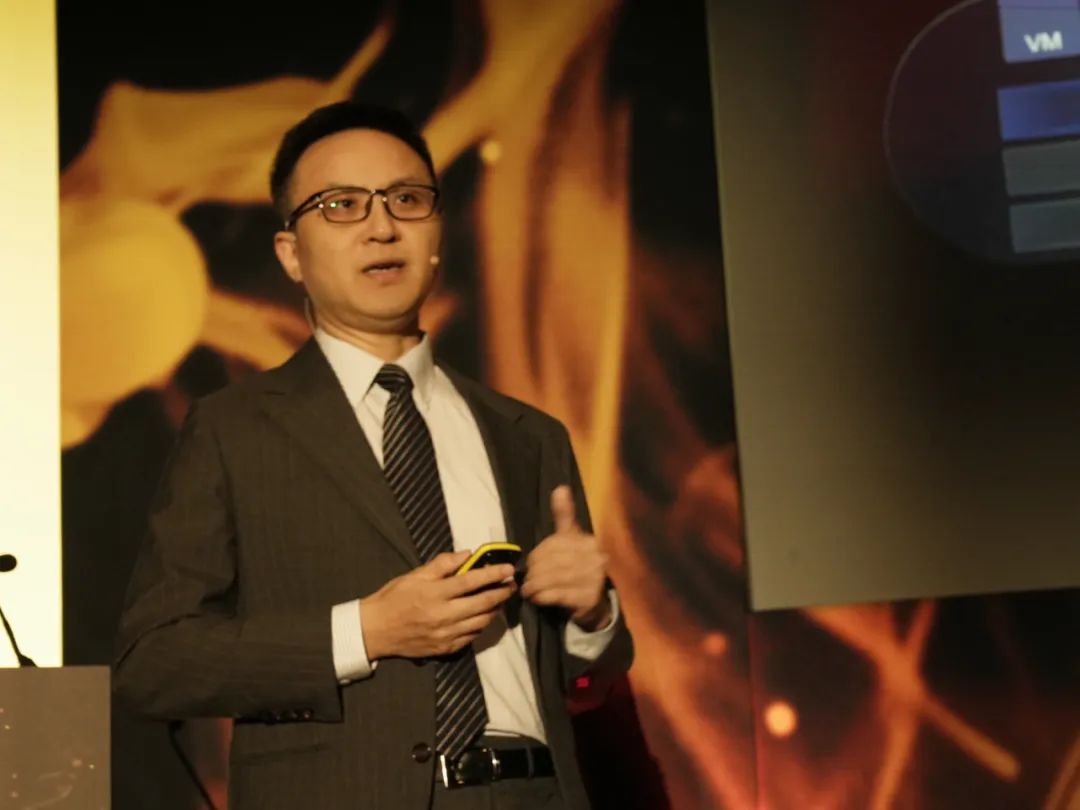On October 8, 2024, Network X, the flagship event in the telecom field, wrapped up successfully in Paris, France. Lin Wei, President of Telco Cloud &5G Core at Huawei's Cloud Core Network Product Line, delivered a keynote speech entitled "Telco Cloud-Native: Shaping the Future of Telecom Networks". In his address, he shared the evolution of NFV technologies and the development history of telco cloud, while also outlining future innovation directions.
As technologies like 5G, AI, and big data continue to advance, telco cloud is poised to become more diversified and intelligent, with telco cloud-native assuming a growing significance in the process. Looking back on the evolution of NFV technologies, telecom networks have officially embarked on the road of cloudification since the establishment of ETSI ISG NFV in 2012. As ICT technologies converge, telco cloud is evolving towards containerization and E2E automation. With the emergence of generative AI technologies, notably ChatGPT, the intersection of telco cloud and AI has become a highly discussed topic among operators.

Lin Wei delivering a keynote speech
In the speech, Mr. Lin pointed out three key directions of Huawei's telco cloud-native practices.
High stability
He stressed that the essence of telecom networks necessitates operators to maintain the high stability, regardless of the pace of technological innovation. Global operators are placing high stability at the forefront of their strategies, while industry organizations are actively developing and refining standards to support operators in enhancing network stability and reliability. Huawei's telco cloud has made history by becoming the first in the industry to achieve level-3 stability in the core network field. This achievement enables early detection and prevention of suboptimal issues, self-healing of deterministic problems to prevent further incidents, and ensures that services can be switched over and continue to run as usual in fault scenarios.
E2E automation
Secondly, practical experience shows, as Lin Wei emphasized, that E2E automation is key for operators to unlock the value of cloudification. He shared Huawei's efforts in network change and O&M, which include: 1. Providing visible, manageable, and controllable services across all domains and processes, enabling agile delivery. 2. Implementing unified O&M, which delivers cross-layer, cross-domain, and full-stack automation capabilities. Empowering an industry-leading cross-layer fault location and demarcation capability by leveraging unified cloud-network topology and resource management. 3. Providing a unified cloud infrastructure with a dual-engine architecture for unified management of both VMs and containers. This architecture supports independent deployment of different services, on-demand OS upgrades, and shared network and storage resources. In addition, the telco cloud platform offers advanced AI computing capabilities, delivering optimal performance and cost-effectiveness for telco cloud services.
Intelligentization
Last but not least, Lin Wei emphasized the importance of intelligence. Building on the telecom foundation model, Huawei provides three types of digital experts tailored for different O&M scenarios: ConfigSpirit, FaultSpirit, and CompSpirit. In practical applications, Huawei's digital experts have significantly improved complaint handling efficiency for operators, reducing substantial labor costs, and showcasing the vast potential of AI in the telecom industry.
As an industry leader, Huawei continues to drive technology innovation and implementation, provide strong support for global telecom operators, and make substantial contributions to the telecom industry's growth and development.

